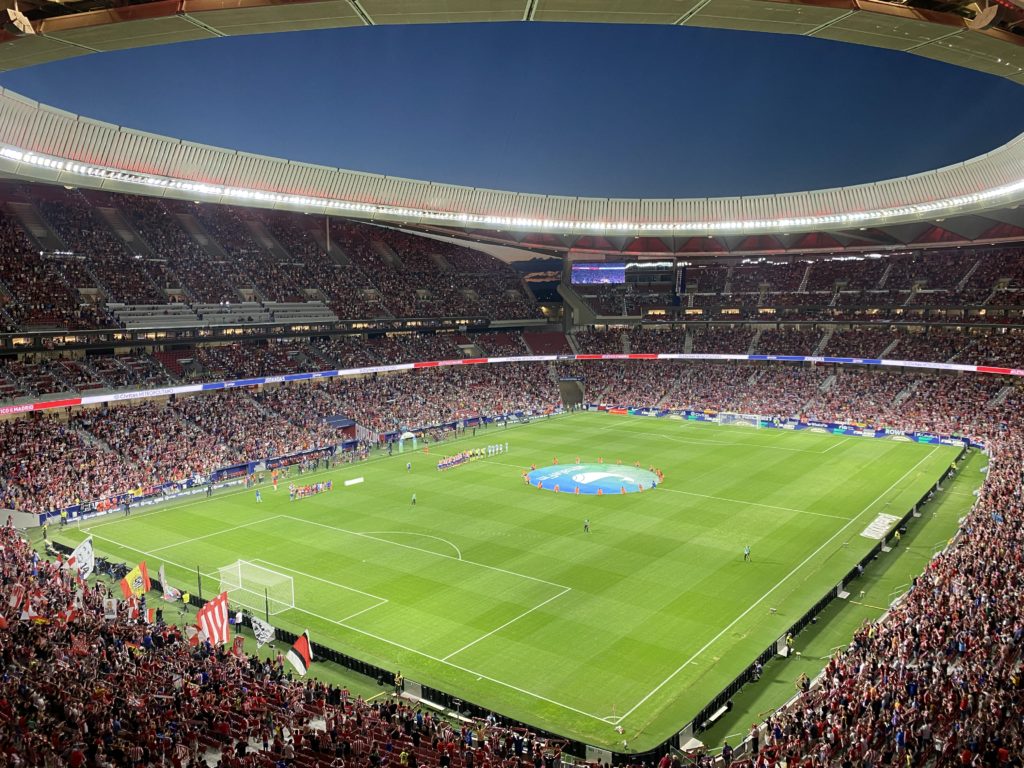
If you’re a twenty-something man from Sarajevo lucky enough to still be alive, you would have lived through a transfer of power from a beloved post World War II regime to a brutal Unitarian Serb nationalist madman. You would have lived through Yugoslavia’s greatest moment of triumph, the 1984 Winter Olympics. You would have lived through Europe’s first genocide since the Nazi Holocaust. You would have lived through the secession of Slovenia and Croatia from the Yugoslavian Federation and the ensuing brutal siege that occupied Sarajevo from 1992 to 1996. You would have lived through the massacre of thousands of Bosnians, Serbs and Croats on the rural lands and city streets of your people. You would have seen friends, family members and colleagues fighting for their lives against an unclear enemy and you would have survived to tell about it. But you wouldn’t want to.
Today, Bosnia and Herzegovina rebuilds, rejuvenates and rewards a faithful people who have had to bear so much tragedy. But you would never guess by visiting Sarajevo, the capital city, and its bustling culture of survivors. A people looking forward, not back, to the heights that they can obtain.
Modern Sarajevo consists of many differing areas of interest. At first glance, when you arrive in town at the adjacent bus and train stations, you will see a shell of a city with buildings lined with bullet holes and explosion remnants. It still looks like a war zone, the streets are barren and it’s a little unsettling to walk around at night. Additionally, in Bosnia, you are warned not to walk on any grassy areas, regardless of where you are, because of the existence of a substantial amount of landmines left over from the war. They estimate that it will take 30 years to unearth all the mines, but common sense tells you that it will take much longer than that and they will never all truly be removed. The thought always remains in your head.
However, as you make your way up toward the Milijacka River, which reeks of pollution and pain, you start to notice a different Sarajevo. A Sarajevo with a beating pulse. A Sarajevo of occupied buildings, cafes, bars and people walking around looking happy.
In the main area of town, there are tons of shops and bars and cafes lined with locals looking to unwind and backpackers looking to absorb some of the local culture. Further along the main strip you will enter into the Turkish Quarter, which is the heart of the city and the best part of Sarajevo.
The Quarter consists of little boutiques and shops selling and trading everything under the sun. The best markets in London or Budapest have nothing on the Quarter and the prices can’t be beat. My cousin and I stocked up on tee shirts and knick knacks for gifts for the people at home and ogled at everything else that we would like but didn’t feel like carrying.
The best part of the Quarter to me was the fact that I found the best pizza that I have ever had in Europe and a pizza that could rival the best in my hometown, New York. I read about it in my Lets Go and they said it was worth the trouble of finding it. Usually, their food recommendations are not that good but I must say that they really nailed this on the head. The pizza was fabulous. The name of the place was Pekara Kovaci Kod Mahira Pizza and it is located away from the rest of the quarter up a steep hill and next to a graveyard for the dead from the recent war. It was a humbling experience enjoying great food whilst sitting at the gates of a cemetery for people that had died to achieve what we currently were doing.
After exploring the Quarter and indulging in a few gelaterias for dessert, we made our way toward the Olympic Park. I am a big sports fan and I was amazed that a city like Sarajevo could have ever hosted an Olympic Games. As we approached the fairly run down and desolate area where the Olympic venues were located, we started hearing noises that sounded like cheering. It was coming from the main Olympic stadium and we made our way toward it.
There was a football game going on, FC Sarajevo was hosting a game and the crowd was raucous. We approached the gates and there didn’t appear to be a ticket booth so we went to the gate and motioned to the guards that we wanted to enter and watch the match. He acknowledged us and allowed us to pass. To this day I don’t know if he was just being nice to us or we were really supposed to pay, but I like to think he was just being nice.
As we entered the stadium, there was an offensive on the field and there was a goal scored. The stadium went crazy and you could have been at any major football stadium in Europe with the energy of the crowd. But we were in Bosnia and I was in disbelief.
It was strange for me to fathom how these people had survived oppression, war and genocide. But they didn’t seem to ever complain about it and were out supporting their favorite club team. I thought it was fantastic and that it showed what Sarajevo and the Bosnians are made of. The match ended in favor of the home team and the crowd exulted in victory. I exulted in the victory of the city and the luck of our experience at the game.

I am really not sure what I was expecting when I arrived in the former Yugoslavian capital. I guess I was expecting a bunch of bullet laced buildings and lots of military people guarding the streets and a people living in fear. However, I was surprised and excited to see a people of robust resolve and hearts of gold, going about there everyday lives with a zest for life that I didn’t expect to see.
Sarajevo, while still far from rebuilt, is a happening place with a lot to offer. It has interesting sites, great shopping and fantastic food. It provides you with an insight into something that you have never and would never want to experience. The people of Sarajevo have a fire that burns bright like the city’s eternal flame. I was inspired and treasured my time in Sarajevo. I hope that when I return again, the city will have regained its former glory that landed it the world’s premier athletic competition, which for Bosnians seems like a lifetime ago.












Speak Your Mind